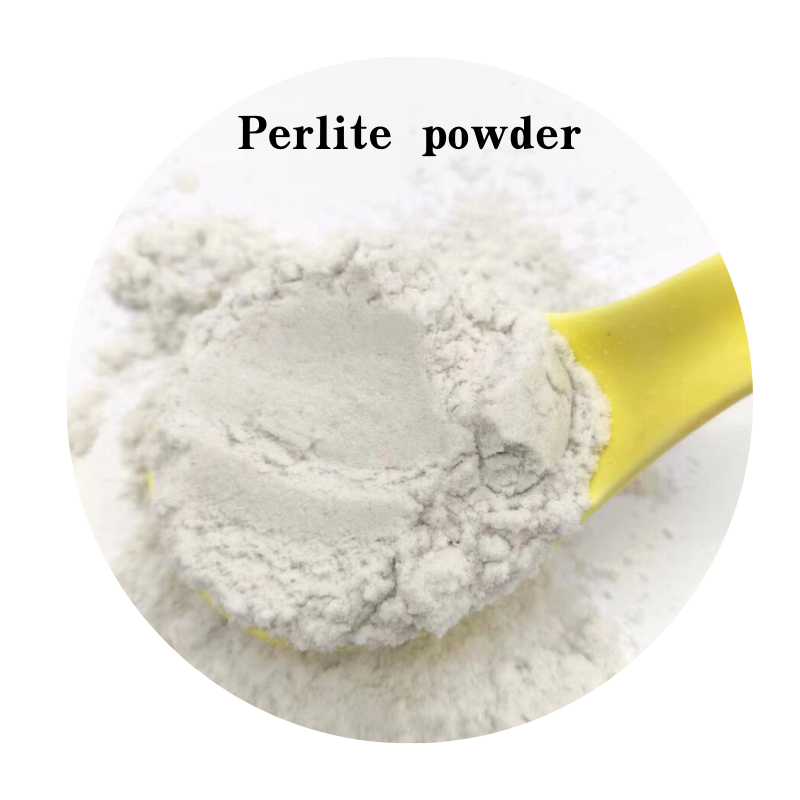
Utilizing Fly Ash from China in Concrete Mix Designs for Enhanced Performance
The Role of Fly Ash in Concrete Mixes in China
Fly ash, a byproduct of coal combustion in power plants, has gained significant attention in the construction industry, particularly in China. With the country’s rapid urbanization and infrastructural development, the demand for concrete has surged dramatically. Consequently, the integration of fly ash into concrete mixes has become an essential practice, contributing to sustainability, performance enhancement, and cost-effectiveness.
Sustainability and Environmental Impact
The use of fly ash in concrete aligns perfectly with global sustainability goals. As China continues to lead in coal consumption, fly ash is produced in vast quantities. Instead of allowing this material to accumulate in landfill sites—a potential environmental hazard—utilizing it in concrete production provides a greener alternative. Incorporating fly ash not only reduces the carbon footprint associated with traditional Portland cement but also diminishes the overall environmental impact of construction activities.
By substituting a portion of cement with fly ash, concrete’s carbon dioxide emissions can be reduced significantly. The production of ordinary Portland cement is characterized by high energy consumption and CO2 emissions—approximately 0.8 tons of CO2 are released for every ton of cement produced. Using fly ash can minimize this impact, contributing to more sustainable construction practices.
Performance Benefits
Beyond its environmental advantages, fly ash also enhances the performance characteristics of concrete. When used in concrete mixes, fly ash can improve workability, reduce water demand, and increase long-term strength. The spherical shape of fly ash particles promotes better flowability and reduces the friction between the constituents of concrete. This property is particularly beneficial when dealing with complicated mixes or designs that require high fluidity.
Additionally, the pozzolanic properties of fly ash contribute to the growth of extra strength over time. Fly ash reacts with calcium hydroxide in the presence of water to form additional cementitious compounds, which can significantly improve the durability and longevity of concrete. This not only enhances the structural integrity of the built environment but also leads to lower maintenance costs over the concrete's lifespan.
china fly ash in concrete mix

Cost-Effectiveness
In the context of soaring material costs, the integration of fly ash into concrete mixes can result in substantial savings. The price of cement continues to rise, driven by increasing demand and energy costs associated with its production. Fly ash, being a byproduct, is often less expensive than traditional cement. By substituting fly ash for a portion of cement, contractors and builders can achieve a more economical mix without compromising on quality or performance standards.
Moreover, projects that utilize fly ash can also benefit from reduced labor costs and lower energy consumption during mixing and transporting. The enhanced workability of fly ash-infused concrete can lead to quicker placements and fewer delays in construction schedules.
Regulatory Support and Market Growth
Recognizing the benefits of fly ash, the Chinese government has implemented regulations and guidelines encouraging its use in construction. Various standards promote the incorporation of industrial byproducts into concrete mixes. This regulatory environment has stimulated market growth for fly ash, leading to an increase in its adoption across various projects, from residential buildings to massive infrastructure developments.
In recent years, numerous research initiatives have focused on maximizing the potential use of fly ash in different types of concrete applications. Scholars and practitioners are collaborating to enhance the understanding of fly ash’s properties, thus paving the way for innovative concrete solutions that prioritize both performance and sustainability.
Conclusion
In conclusion, the utilization of fly ash in concrete mixes is proving to be a game-changer in China’s construction sector. It addresses critical issues related to sustainability, performance enhancement, and economic viability. By fostering the responsible use of fly ash, the construction industry can contribute to environmental preservation while building durable infrastructure that meets the demands of a rapidly growing population. As research and innovation continue to evolve, the role of fly ash in concrete is expected to expand, setting a precedent for a more sustainable future in construction practices.
Share
-
Premium Resin Coated Sand - High Heat Resistance CastingNewsJul.31,2025
-
High Quality Silicon Carbide Grit for Abrasive ApplicationsNewsJul.30,2025
-
High-Quality Ceramsite for Plants & Gardening | Lightweight PebblesNewsJul.29,2025
-
Premium Burgundy Glass Marbles for Vases & Shooter GamesNewsJul.29,2025
-
High Purity Quartz Sand for Industrial and Ground ApplicationsNewsJul.29,2025
-
High-Quality Barite Powder for Drilling & Industrial UseNewsJul.29,2025






